
44+ Simple Rental Agreement Templates – PDF, Word
Legally mandatory documents that are required to be signed by both the parties are the simple rental agreement templates. These…
Jul 04, 2023
The use of technology in learning environments across different levels is both a luxury and a necessity. While not every institution can afford to have both the material and the programs that only technology can only bring, it has proven to be a significant part of their learning process. It contributes greatly in the areas of learning resources, such as up-to-date research copies, e-books, etc. and practical activities like designing software, computer basics class, etc. Therefore, both the student body and the school faculty must know how to use this privilege responsibly and appropriately. It’s also crucial that they’re only used according to its purpose—to enhance learning and improve the quality of education.

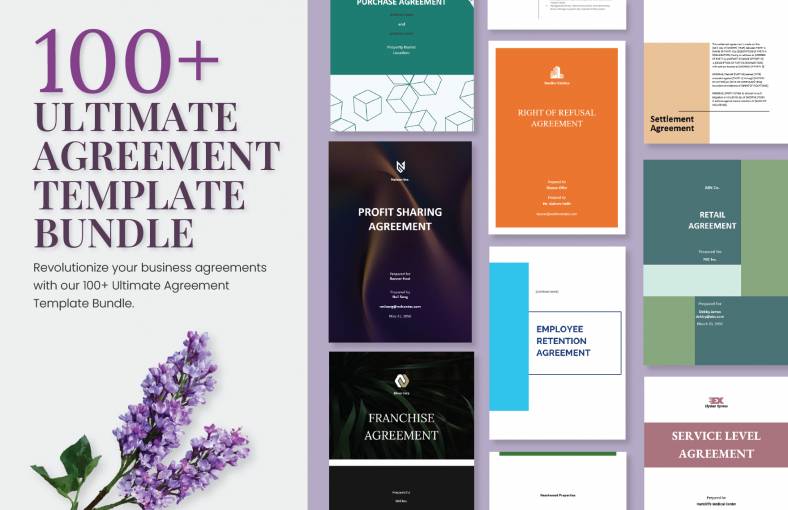
The presence of technology and equipment in an academic institution allows students to have a unique learning experience in accomplishing a task, discovering new ideas, and having an actual performance to enhance their skill sets further. However, responsibility should come along with this privilege to avoid misuse. This ensures that every technology is in stellar condition to preserve its quality for everyone’s use.
A student technology use agreement provides ways to meet these measures. This document is an arrangement between different parties containing their obligations and liabilities concerning a particular matter. In this context, it is an arrangement between the students and the school authorities regarding the school’s technological resources. This is to impose rules to follow, when and how to handle these materials, and what the penalties it entails in case of unintentional misconduct or deliberate negligence.
The benefits of technology in education paved the way for the rise of 21st-century classrooms. It provided more reliable learning sources and a more convenient teaching and learning process. It is also a form of ground training for young students in preparation for a technological lifestyle of the world beyond the boundaries of a classroom. Incorporating the proper and acceptable use of the internet, computers, and other gadgets raise them into individuals that are not only technology literate but also proficient in netiquette.
Despite that, the use of technology is not always favored by educators. Because it provides immense function and resources that are sometimes unhelpful, it can cause distractions and should be utilized under strict limitations and discipline. However, according to Kayla Dezer in her TED Talk, classrooms should utilize technology in various advantageous ways instead of being kept out. She said that even when you create a protective technology-free bubble around them, the world outside their learning stations will require them to learn how the technology works. Furthermore, Dezer believes in creating a responsive environment instead, where technology is used to their advantage. Thus, there’s a need to implement rules to regulate its activity. This way, it would serve as an ally rather than a disturbance in learning.
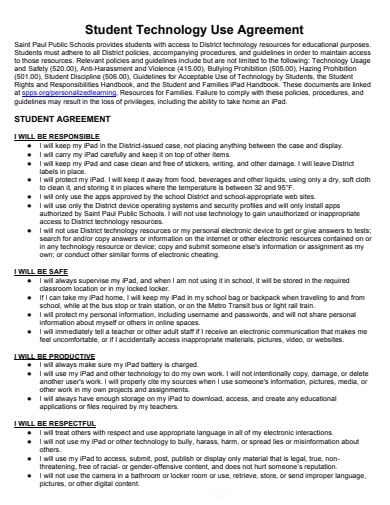 spps.org
spps.org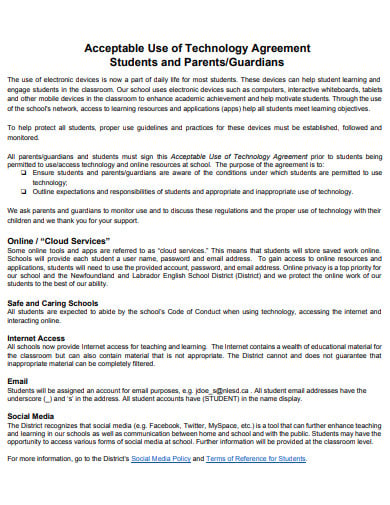 weebly.com
weebly.com reedschools.org
reedschools.org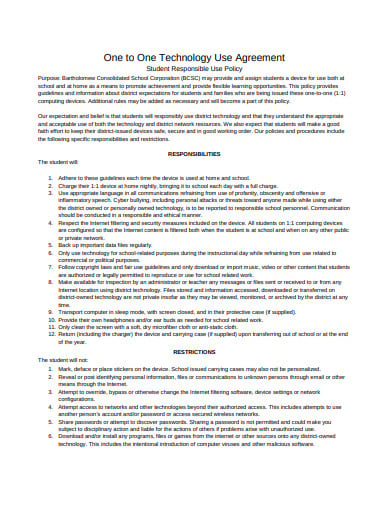 bcsc.k.in.us
bcsc.k.in.us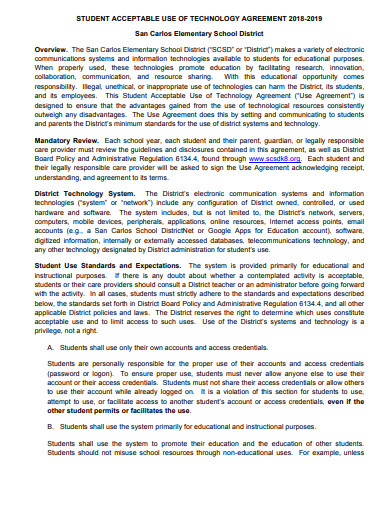 infosnap.com
infosnap.com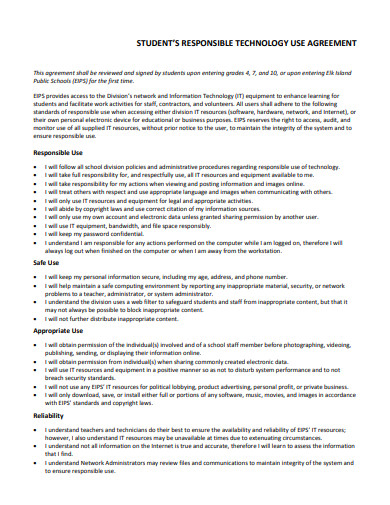 eips.ca
eips.ca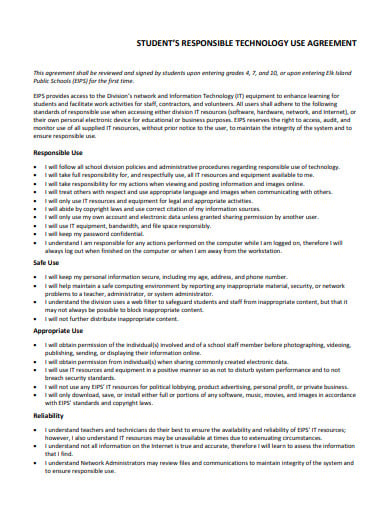 bsd.org
bsd.org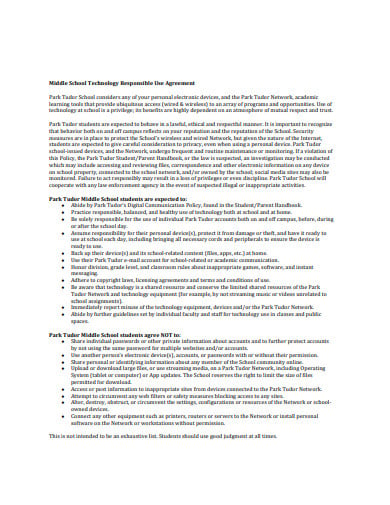 finalsite.net
finalsite.net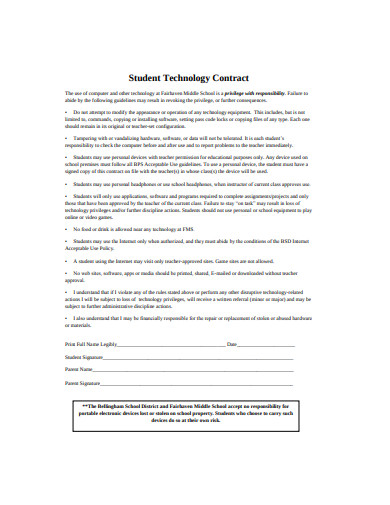 schools.org
schools.org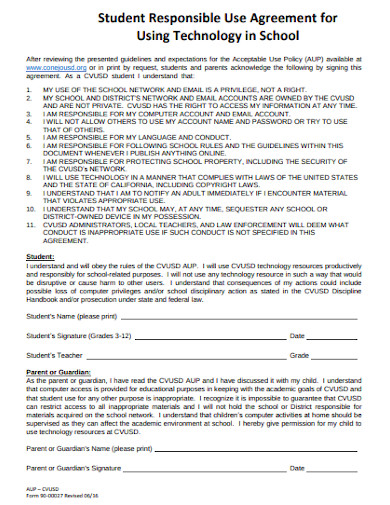 summercamp.com
summercamp.com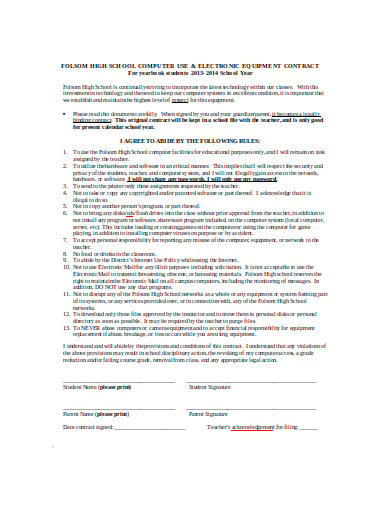 fcusd.org
fcusd.org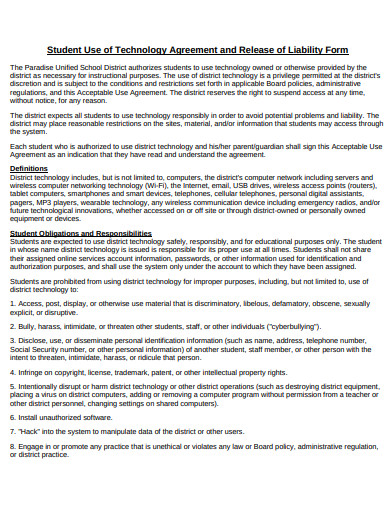 pusdk.org
pusdk.orgProperty agreements of technology use in classrooms and other school facilities are necessary to guarantee that every unit of equipment, programs, and the use of the internet is used in a way that is purposeful and beneficial to their school-related tasks and requirements. Below are some tips on how you can make a student technology use agreement:
It is necessary for agreements to have a specified identity under each section to correctly identify who is responsible for the document’s different terms. This is for both parties to know how they will get involved and what role they will play in fulfilling their signed arrangement. Failing to know who’s who could potentially lead to disputes when conflicts arise.
When laying the agreement copy, it’s important to spell everything in detail and to spare no information that needs further interpretation. Simple agreements that get into specific points and statements helps clear any ambiguity and lessen inquiries. This way, every party is given clear ideas on their obligations and roles.
If one party is required to pay compensation for breaching the legal agreement, the factors and the mode of payment should be given special attention. Whether in business or education, monetary issues are among the major cause of misunderstandings. This clause should come with a detailed description and procedure. For example, if a student were to pay for damage done to a school laptop, the agreement should specify what investigation should be done, the amount to be paid when guilt is proven, when the payment will be required, and to whom it will be given.
While agreements may be legally binding, it shouldn’t be have legal jargon that the students might not understand. Contract agreements should be made in a way that both parties can easily grasp. If you’re making a technology classroom agreement regarding the use of laptops and Ipads to a class of middle schoolers, the agreement should be written in a language comprehensible enough for their level of understanding. This also applies to the students’ parents who will be held responsible as well, should their children receive a penalty. Bear in mind that you need to lay your terms as clear and as simple as possible.
Students, especially those who are below the age of thirteen, can easily grasp the do’s and don’ts when it’s clearly stated in the paper. Do this by accompanying misbehavior with its corresponding consequence. List down the things that are unallowed when using technology and state what consequences does it entail. This way, they’ll know what to do and how they will be reprimanded when they break the rules.
Technology is a knife—it plays a noble part in a busy kitchen, but a dishonorable one in a dark alley. How it’s going to be is up to the people who use it. It plays a significant role in teaching and learning nowadays as it proves to be not only valuable in providing information that the students can learn from, but it could also aid them in performing tasks that textbooks can never do. However, when used without proper guidance and supervision, it could turn out to be a hindrance and inefficient in a classroom setting. Agreements tame the use of technology into something that could be revolutionary in uplifting the education in the modern world.

Legally mandatory documents that are required to be signed by both the parties are the simple rental agreement templates. These…
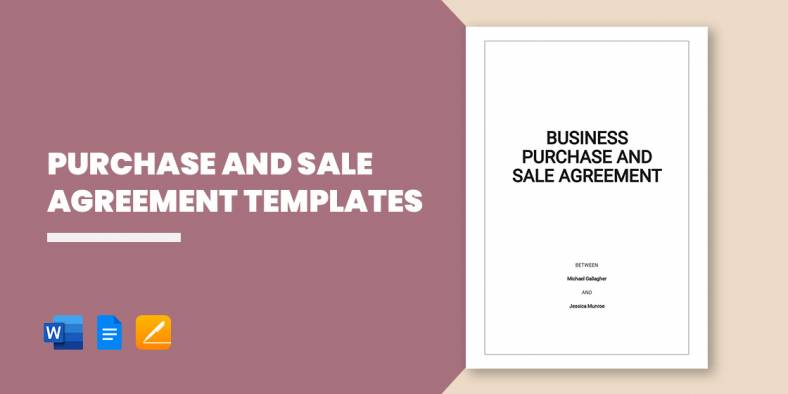
A purchase and sale agreement is a compulsory legal document to have when a buyer and seller are entering into…
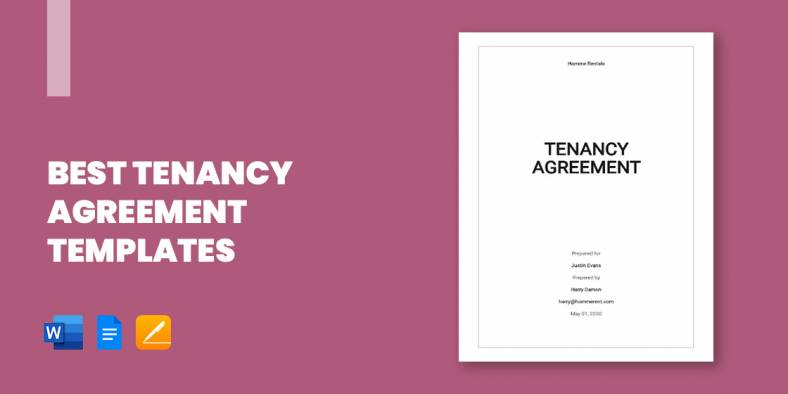
Living alone or with a family has enormous risks, and the responsibilities can be complicated to manage. Become a good…

Discovering and verifying the top ability is no simple undertaking. It requires a profound comprehension of the organization’s culture and…
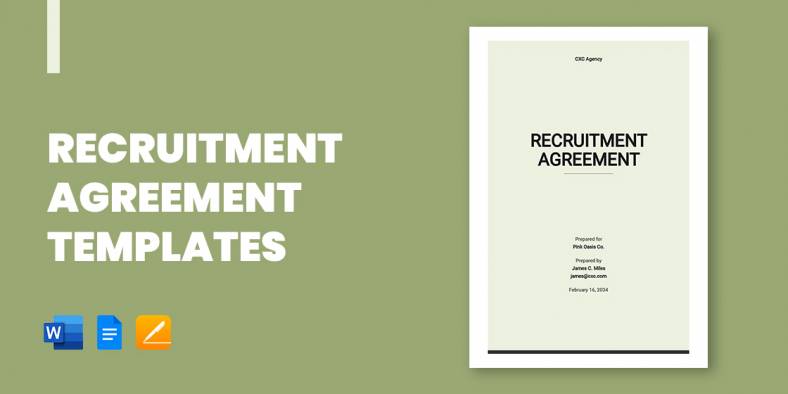
An agreement that occurs between two parties where one party (the recruiter or recruiting firm) is appointed by the other…

During the 1848 revolutions in Europe, the term “logistics” played a crucial role in transferring goods, equipment, and military personnel.…

The recruitment services agreement is provided by the recruitment agencies. And, that acts as the middleman or the middle-party between…
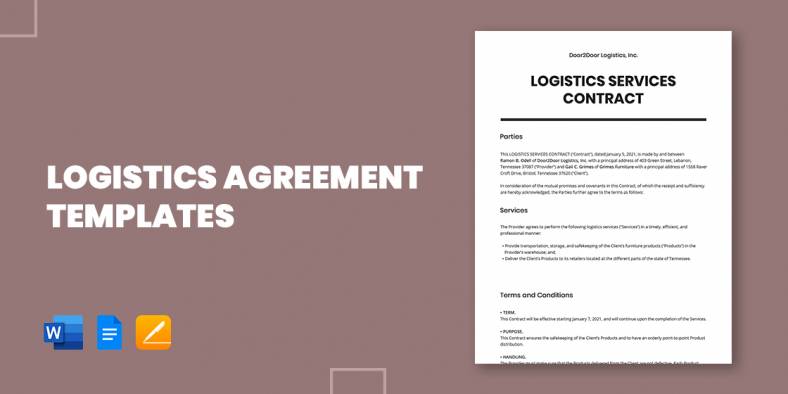
Many projects among businesses involve heavy management and great plans sample that logistics will be relevant. Operations involve proper organization…
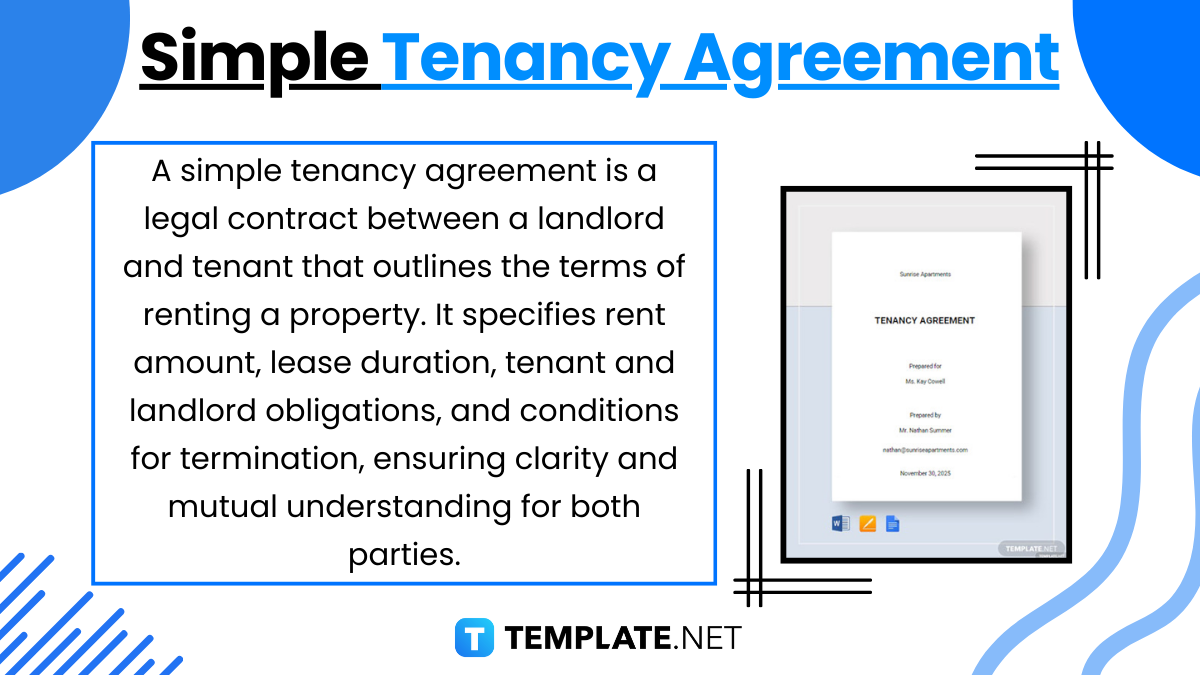
A simple tenancy agreement is a legally binding document that outlines the terms and conditions between a landlord and a…